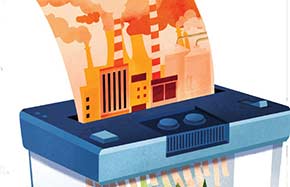Guangzhou embraces a green future
South China's Guangzhou has been growing greener and prettier since the government adopted its new green development concept.
During the 12th Five-Year Plan (2010-15), Guangzhou registered an average annual growth rate of 10.1 percent, while energy consumption per unit of GDP dropped by 4.6 percent, and cumulatively fell 21.01 percent over the five-year span, outstripping the target of 19.5 percent set by the Guangdong government.
The forest city has done a marvelous job of greening itself. As of today, Guangzhou has 42 percent of its urban land forested, raising its greening rate to 36 percent and its urban green coverage rate to 41.53 percent. That is about 16.5 square meters of green park space per resident.
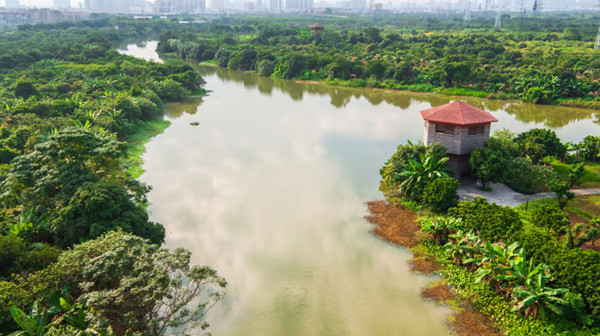 |
|
Haizhu Wetland Park is the largest downtown wetland park among China's super metropolises. [Photo provided to China Daily] |
"Guangzhou believes that green development can promote transformation and further boost overall development," said Zhang Xiaobo, deputy secretary general of the Guangzhou government.
Through the course of following China's new development path of innovation, coordination, green development, openness and sharing there have emerged a variety of new well-known companies, and projects that have shifted their focus from gaining a rapid economic development to improving the quality of development, including Guangzhou Haizhu National Wetland Park (Haizhu Wetland Park) and Guangzhou Pharmaceutical Holdings Limited (GPHL).
Located in the southern part of the central axis of Guangzhou, Haizhu Wetland Park is the largest downtown wetland park among China's super metropolises with an area of 1,100 hectares, about 3 times larger than New York's Central Park.
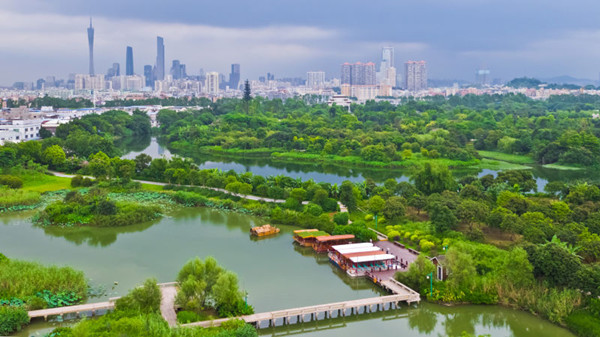 |
|
Haizhu Wetland Park is nestled amidst the hustle and bustle of Guangzhou. [Photo provided to China Daily] |
Haizhu Wetland Park comprises Haizhu Lake along with 39 rivers, and is renowned for being a crucial bird migratory passage, the birthplace of Lingnan-style fruits and the aggregation of distinctive Lingnan folk customs.
Listed as one of Guangdong's top 10 most beautiful wetlands, it is a mesmerizing natural resort that is perfectly woven into the urban tapestry of Guangzhou, complementing its steady economic growth.
As China's time-honored brand, GPHL engages in the R&D, manufacture and trading of Traditional Chinese Medicine (TCM), botanical medicine, chemical pharmaceutical materials and preparation, biological preparation as well as healthcare products and logistics.
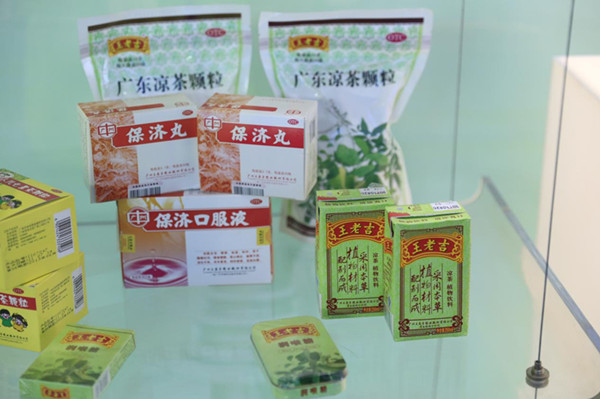 |
|
Fist products of Guangzhou Pharmaceutical Holdings Limited [Photo provided to China Daily] |
GPHL has maintained its leading role among China's top 100 pharmaceutical enterprises for many consecutive years and ranks 187th on the list of "China's Top 500 Enterprises" in 2016.
In response to the call for green development, GPHL invests approximately 20 million yuan ($ 2.89 million) per year in conserving energy and protecting the environment, strengthening the supervision and management of its low-carbon production and utilizing advanced and energy-efficient equipment.
Standard coal consumption per 10,000 yuan of value-added by the industry totaled 0.04 metric tons in 2015, falling sharply compared to the 0.07 tons in 2010.
In line with the sustainable development concept, GPHL has upgraded its facilities toward green and low carbon emissions. The company has utilized a smart central air-conditioning system and photovoltaic power to reduce greenhouse gas emission and save energy.
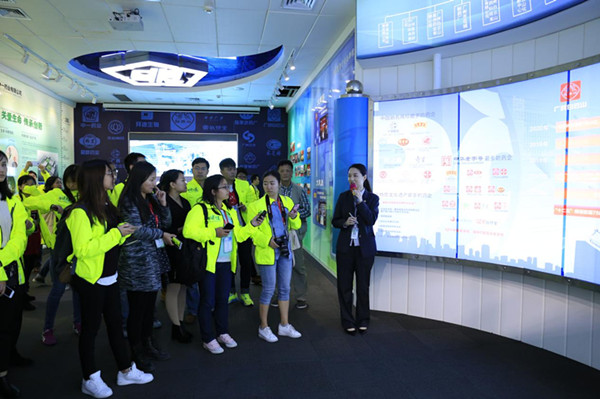 |
|
A group of journalists visit GPHL's subsidiary, Guangzhou Baiyunshan Zhongyi Pharmaceutical Company on Nov 23. [Photo provided to China Daily] |
"You can find that using those advanced green facilities is actually saving money, and we believe that companies will eventually benefit from green development." Shi Meng, vice-general manager of GPHL's subsidiary, Guangzhou Baiyunshan Zhongyi Pharmaceutical Company said in an interview on Nov 23.













